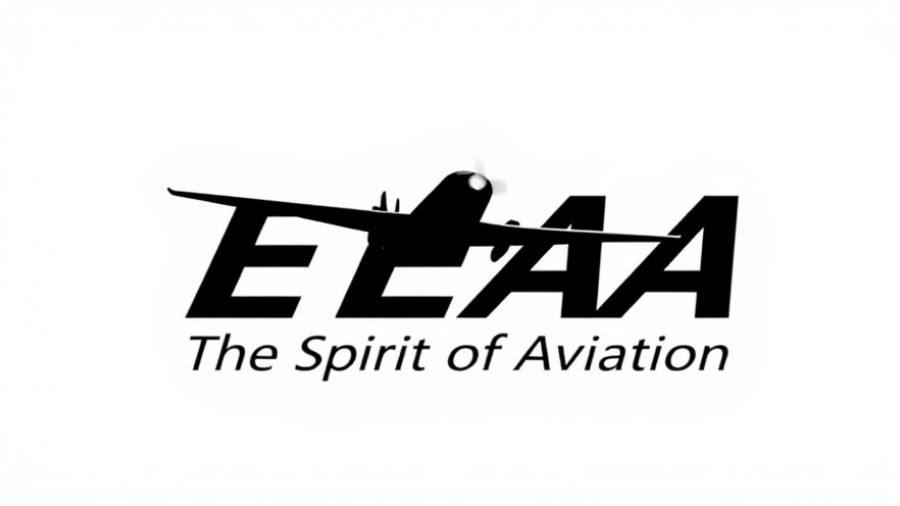
Understanding the Parts Left Over Dilemma in Aircraft Building
Building an airplane from scratch or restoring an existing one is a labor of love, but it comes with its own set of challenges and missteps. One common issue that builders face is dealing with leftover parts. In a lively garage where Lauren is preparing to assemble her first airplane, she stumbles upon an unopened bag of hardware. This moment sets the stage for a deeper exploration of the details that truly matter when embarking on an aviation project.
The Importance of Every Detail
As veteran builders often convey, it’s the little things that make a significant impact. Missing or misplaced components can lead to complications that may compromise safety or functionality. The gentle reminder from Sam, Lauren's confidant, about the anti-tip-over hardware reveals a recurring theme in aircraft building: attention to detail is paramount. When working on a custom design or assembly, this notion becomes even more critical.
Common Oversights That Can Sink Your Project
One major area that builders often overlook involves the placement and installation of critical components like antennas, pitot tubes, and wiring systems. Lauren’s anecdote of forgetting her VHF antenna points to a broader issue within the community: how can one ensure they remain vigilant about every single aspect of their project?
Here are a few classic missteps to avoid:
- Antenna Placement: Many builders fail to recognize that antenna placement is often left to their discretion, which can lead to poor reception if installed incorrectly.
- Electrical Wiring: Without a comprehensive understanding of electrical systems, it’s easy to neglect important wiring channels or access points for easy future inspections.
- Pre-Cover Checklists: Builders are encouraged to create specific checklists tailored to their projects to verify installation of essential parts before sealing components.
Crafting a Personalized Checklist
As Lauren dives deeper into her project, the benefits of having a detailed checklist become incredibly clear. It not only streamlines the building process but ensures safety elements aren’t disregarded. Custom builders should make a checklist that fits their unique design to avoid common pitfalls. Items to consider include:
- All external components needed for flying.
- Access points for maintenance.
- Locations for critical antennas and wiring systems.
Final Thoughts and Future Directions
No aviation project is without its challenges, but with the right mindset and careful planning, builders like Lauren can turn their vision into reality. The humorous trials she faces showcases the importance of learning from mistakes and valuing the experiences along the way. Armed with her list, she'll be prepared for the exciting journey ahead—full of challenges, yes, but also rewarding lessons that can deepen one's passion for aviation.
Remember, whether a seasoned builder or a novice just starting out, every part—leftover or otherwise—has its purpose in the grand scheme of airplane assembly.
 Add Row
Add Row  Add
Add 




Write A Comment